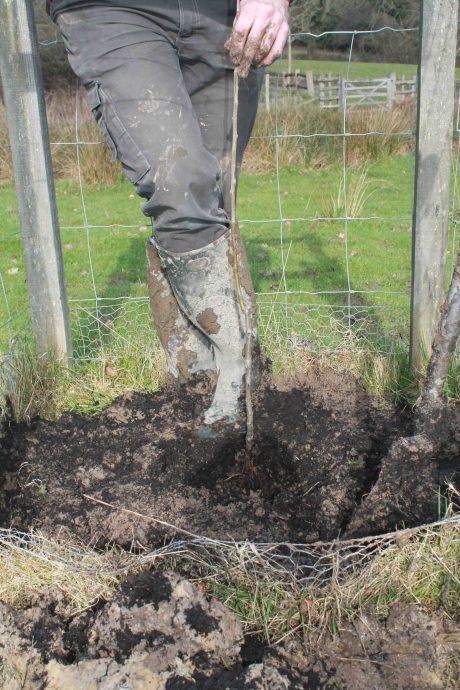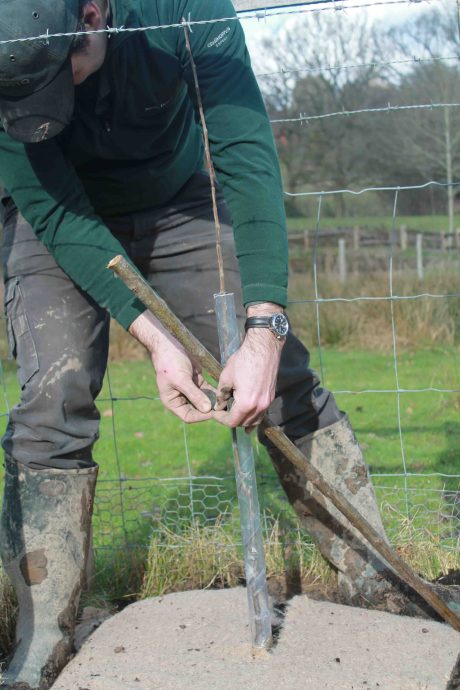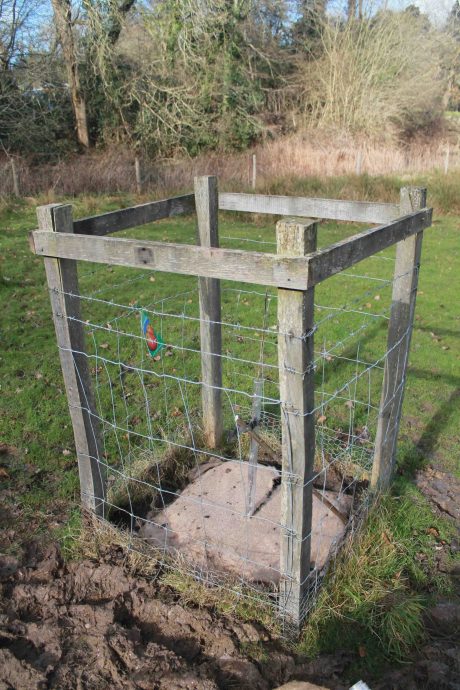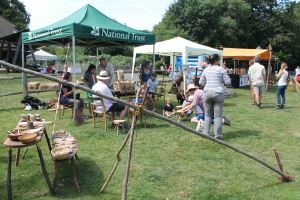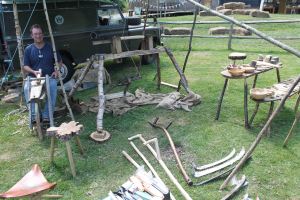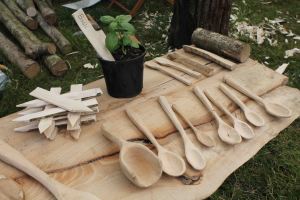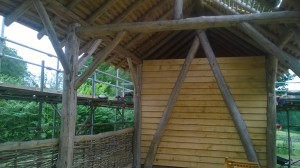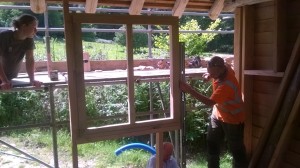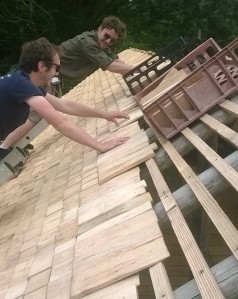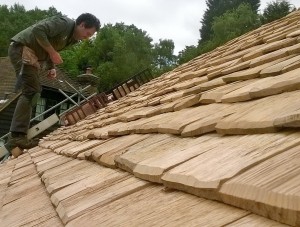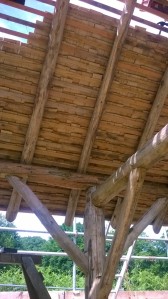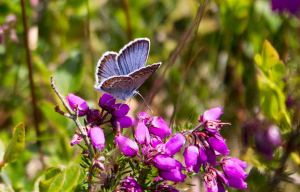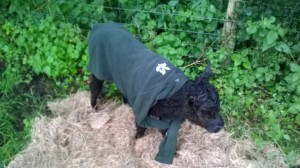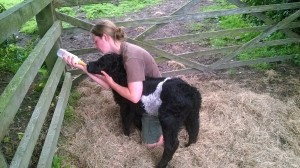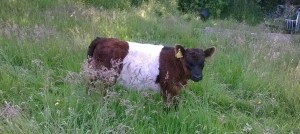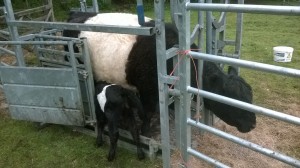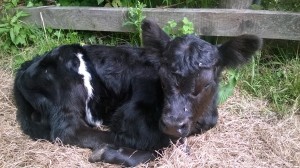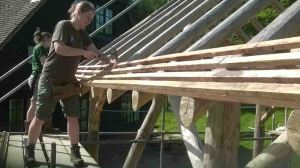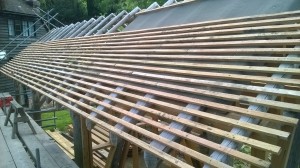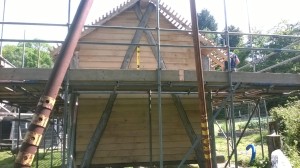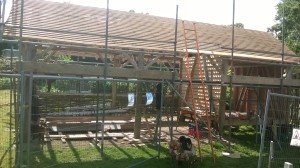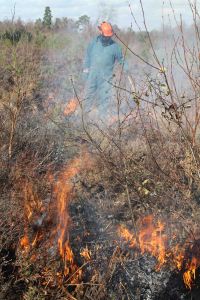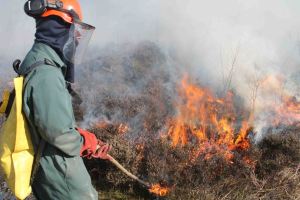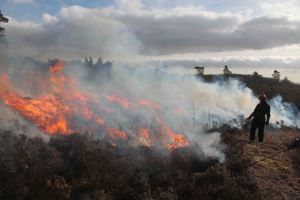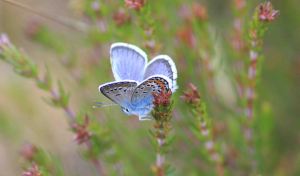This Saturday (26th September) from 10.30 till 4 we are hosting our annual community apple pressing day at Swan Barn Farm. If you have a laden apple tree in your garden and were wondering what to do with all that fruit, fear not, we have the perfect answer for you. Bring them to us and we will help you turn them into the best, freshest tasting apple juice you will ever have seen.
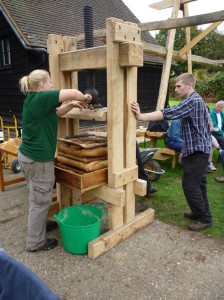
Our wonderful historic press and scratter will be used for the day to process the fruit, the press has been working in orchards around Haslemere for over 100 years. Even if you don’t have any of your own apples (or cant find any to scrump!) everyone is welcome, we have the bounty of our orchards to process as well, and everyone is welcome to come and join in. It is always a fantastic family friendly fun day, with plenty to see and do. The Black Down Ranger team will be on hand as well in case you have any appley, orchardy or fruit tree pruning questions. If you have some juice to take home with you we will also be able to teach you how to preserve it, or, should you so wish, turn it into your own home made cider.
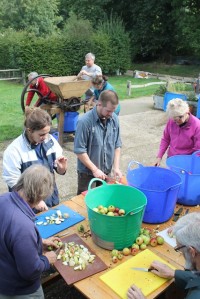
We are enormously proud of our two orchards here at the farm, they are a haven for wildlife, and have growing in them a number of wonderful and rare varieties of fruit. Orchards are a living cultural link with the past, a very important, and now sadly increasingly rare and threatened part of our countryside. We are doing our best to look after the orchards in our care, we plant new trees every year, prune and tend to the ones we already have, and invite people to come along and take part in the traditional rituals and harvests that they have to offer.
As part of this many of you will know that we have recently been building a new Orchard House at the farm. It has been constructed from sustainably sourced timber from the woods we manage around Haslemere and put together on site by the Ranger team. It is a new home for our events to be run in, a storage space for our orchard, gardening and beekeeping gear and a place to keep our historic apple pressing machinery.
Last year on Apple Pressing Day we had only just finished putting up the timber frame:
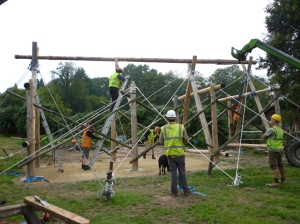
This year I am pleased to say that it is all finished, ready just in time for everyone to come and use it to celebrate the bumper year we have had in our Orchards. Jane Cecil (National Trust General manager, South Downs) and Sarah Bain (President, National Trust Black Down and Hindhead Supporter Group) will be officially opening the building at 2pm. If you can be here to join in the celebrations with us you will be very welcome.
We are really proud of what has been achieved, it has taken a lot of work by a lot of people to build. I hope it is going to be a very useful and productive space. Orchards cannot survive as museum pieces, pickled and preserved, they need people in them making use of their product to make sense of them. Through the use of our new building I hope our apple trees will continue to flourish, grow and bear fruit for many years to come.
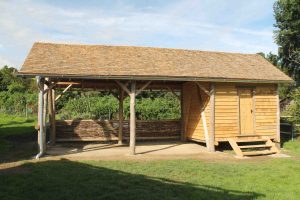
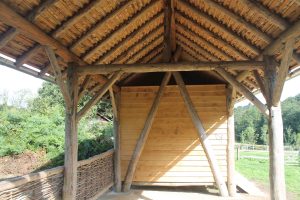
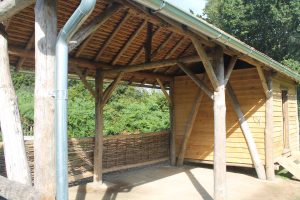
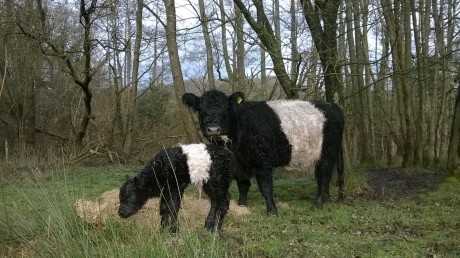

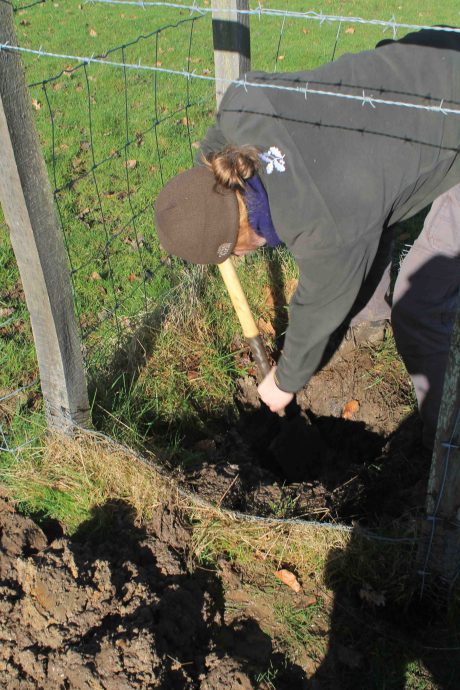 You can see from the soil we dug to create a hole for it why the last tree didn’t do so well. This time we dug an extra wide and deep hole, to make for good drainage, and added plenty of compost and light and airy soil to the hole to give the new tree the best possible start in life.
You can see from the soil we dug to create a hole for it why the last tree didn’t do so well. This time we dug an extra wide and deep hole, to make for good drainage, and added plenty of compost and light and airy soil to the hole to give the new tree the best possible start in life.